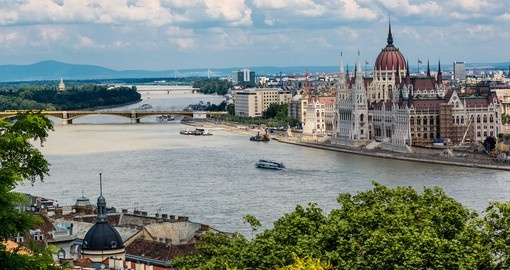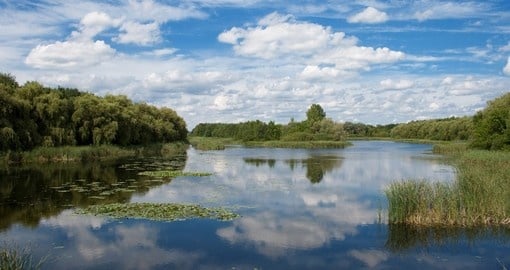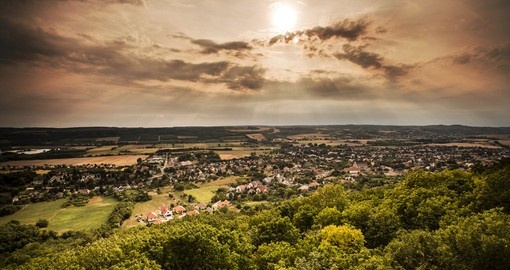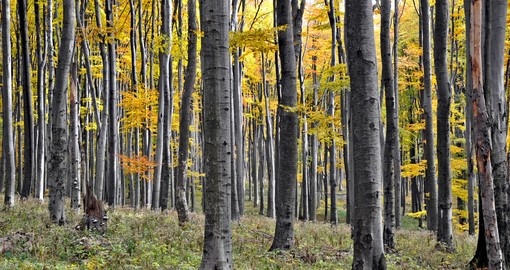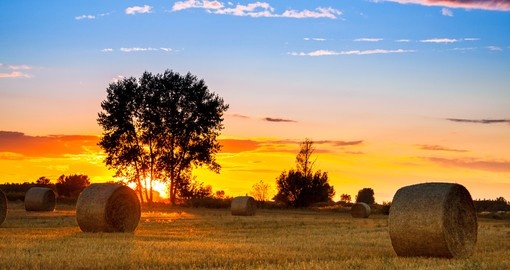Hungary Nature & Wildlife
Approximately one-tenth of Hungary has been classified as protected land. Within these protected areas are ten national parks that host various habitats, landscapes and flora and fauna. There are an additional thirty-six landscape-protected areas and more than 140 nature-conservation areas.
Aggtelek National Park was founded in 1985 but has provided shelter for men for more than 7,000 years. Located in northern Hungary in the Aggtelek Karst region, the park was designated as a UNESCO World Heritage Site in 1995. The park hosts the largest cave system in Hungary and one of the highlights is the Baradla Cave (part of which is in Slovakia) which is the largest stalactite cave in all of Europe.
Balaton Uplands National Park was established in 1997 as a protected ecological system. It is an incredibly diverse park hosting six different landscapes including the Tihany Peninsula which became Hungary’s first protected landscape area back in 1952. This peninsula is one of the most studied parts of the country. Other landscapes include the Pécselyi Basin, the Kali Basin, the Tapolca Basin, the Keszthely Mountains and the Kis-Balaton. The Kis-Balaton hosts many different bird species and is a unique wetland habitat.
Another popular park in Hungary is Bükk National Park, located in the Bükk Mountains of Northern Hungary. Established in 1976, it is the largest national park in the country. This area is very rich in biodiversity, providing habitats for various plant and animal species, many of which can only be found within the park. Within the limestone mountains are karst formations including several caves.
Danube-Ipoly National Park, established in 1997, is a very diverse part of Hungary. It covers areas in Budapest, Pest County, Komáron-Esztergom County and Fejér County. The park was created from the Pilis and Börzsöny parks as well as the floodplain of the River Ipoly. The limestone karst formations within Danube-Ipoly are particularly rich in caves.
The above-listed parks are only a sampling of the various nature opportunities available within Hungary. Approximately 400 bird species are found in the country and its location provides an important stopover for birds during spring and autumn migration. Hungary is also considered a butterfly paradise with over 160 different species found throughout the country.
Hungary Travel Information
At Goway we believe that a well-informed traveller is a safer traveller. With this in mind, we have compiled an easy-to-navigate travel information section dedicated to Hungary.
Learn about the history and culture of Hungary, the must-try food and drink, and what to pack in your suitcase. Read about Hungary's nature and wildlife, weather and geography, along with 'Country Quickfacts' compiled by our travel experts. Our globetrotting tips, as well as our visa and health information, will help ensure you're properly prepared for a safe and enjoyable trip. The only way you could possibly learn more is by embarking on your journey and discovering Hungary for yourself. Start exploring… book one of our Hungary tours today!
Get a Trip Quote Order a Brochure






